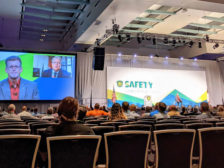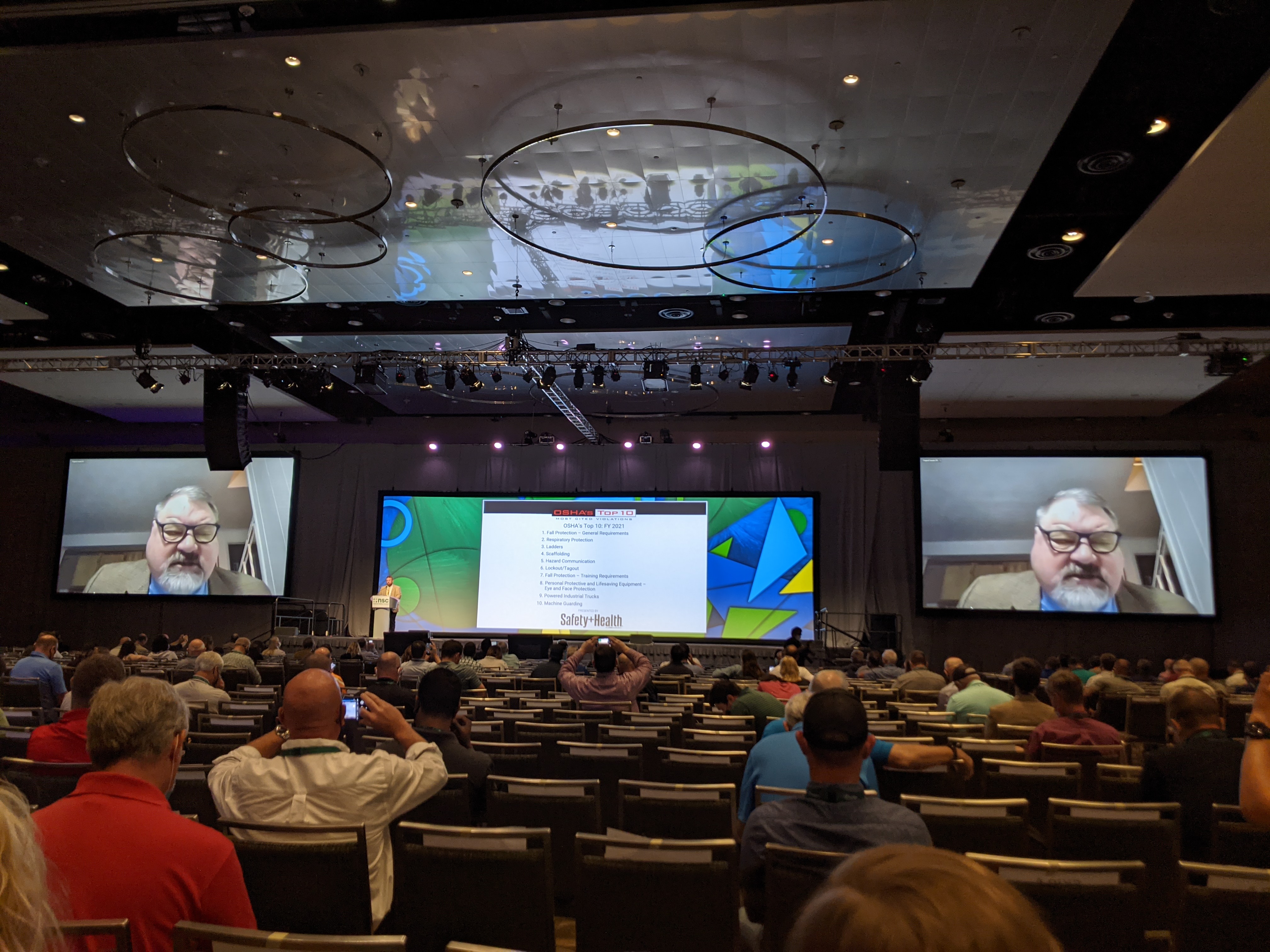Government Safety Regulations
Best Practices
OHS expert witnesses in demand with new forms of litigation due to workplace injury disputes
October 18, 2021
Falls are still the top OSHA citation for 11th year in a row
OSHA reveals Top Safety Violations for fiscal year 2021 at NSC Safety Congress
October 14, 2021
Become a Leader in Safety Culture
Build your knowledge with ISHN, covering key safety, health and industrial hygiene news, products, and trends.
JOIN TODAYCopyright ©2025. All Rights Reserved BNP Media.
Design, CMS, Hosting & Web Development :: ePublishing












